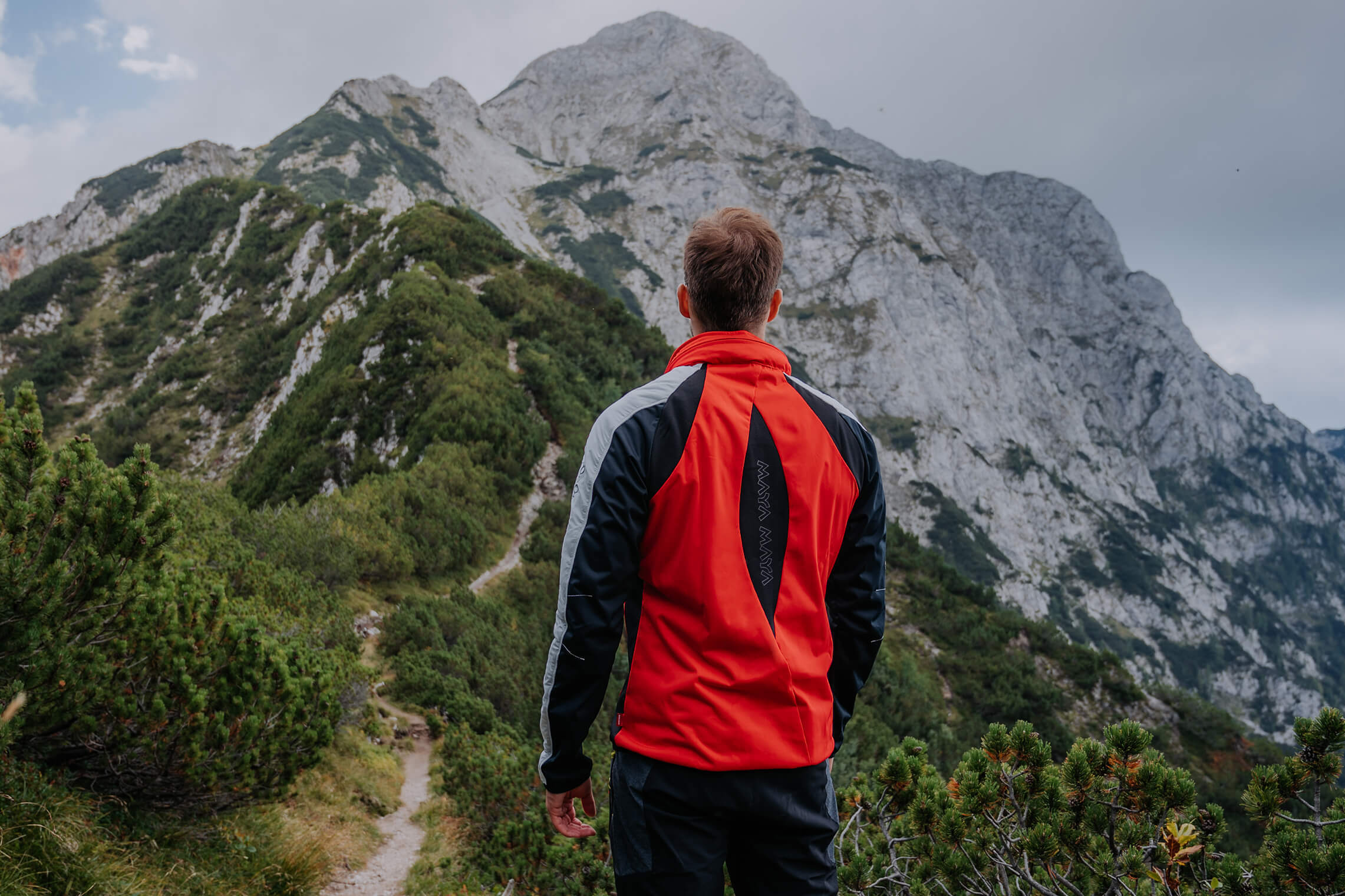
How to Train for Freeride Skiing?
Dry conditions
Just like in any other sport, physical preparation is very important in freeride skiing. Those who are physically fit have more fun while skiing and minimize the risk of injuries. With proper preparation, you can prevent muscle soreness and enjoy a carefree day in the snow.
The fitness level also depends on the goals you set. The more demanding the goals, the better we must prepare for them. The most important categories for training are endurance, strength, and mental preparation. If the head doesn’t work properly then all the work during the summer (or offseason) was for nothing.
Here I will also mention my training routine for winter activities. This works fine for me and maybe for someone else too. You will see that I don’t just do running, cycling and gym but also rock and ice climbing, mountaineering, MTB-ing, etc.
ENDURANCE
Although skiing is not one of the classic endurance sports, this ability is immensely important in skiing. A solid endurance is a basis for a good regenerative ability. You recover faster between downhills and minimize the risk of injury. If you have good stamina, you can also cover more altitude differences and tolerate the altitude in the ski area better. But how can you increase your endurance rapidly? High-Intensity Training, or “HIT” for short, for those who make spontaneous decisions. The training concept, which originates from bodybuilding and weight training, is characterized by short and very hard training sessions. In the long term, cycling, jogging, and mountaineering are the best choice.
I strive to gain as many vertical meters as possible. On a bike or by foot uphill. Normally I start with shorter training intervals and then increase the duration and load gradually. If I go on foot, I often put a 10 l bottle of water in my backpack. The main reason for the water is that I can pour it out on the top and therefore don’t put too much stress on my knees when going downhill. Most of the time I race against a clock.
MAXIMUM STRENGHT
Good leg muscles ensure powerful swings, improve joint stability, prevent rapid fatigue, and simply mean more fun. One of the best exercises to strengthen legs for skiing is knee bending. The simple movement does not only train the legs, but the whole body and can be practiced almost everywhere. They are many variations of the exercise: two-legged, single-legged, with and without weight or on an unstable surface (ball cushion, Airex Balance Pad, or rolled up sleeping mat). You shouldn’t neglect training the back muscles of your legs. The most efficient way to train the rear leg and buttock muscles is to lift the pelvis on a Pezziball. Pull the ball with the heels towards the buttocks and move it back to the starting position. You can also perform the exercise alternately with only one leg.
BALANCE
Freeride skiing is a balance in motion. Balance is only trained in imbalance. Simple but very effective exercises are: the one-leg stand – advanced learners practice with closed eyes – or one-leg knee bends on a Bosu Ball. Slackline is also great training. And the outdoors is also perfect for practicing: balancing on the sidewalk, walking over stones, even running in the sand trains balance. Everything that stimulates the body promotes.
CORE
The additional value of strong core muscles is often underestimated when freeride skiing. The core is the connector between the upper body and the legs and ensures a stable position on the ski. If you have a stable core, you can level out unevenness more easily and land jumps better. Even the knees are protected because the impact on the knee joints is reduced by a well-trained core.
A particularly effective exercise to strengthen the core muscles are push-ups. Professionals use an unstable underlay (ball or air pad) for their hands and feet – also in this case: a combination of strength and balance exercises.
I do cca 60% of core training with climbing. And the rest with pushups, »Russian twist«, plank, TRX, etc.
 Before and after training (and skiing) it is important to stretch the muscles. Stretching the strained muscles improves mobility and prevents injuries and muscle hardening.
Before and after training (and skiing) it is important to stretch the muscles. Stretching the strained muscles improves mobility and prevents injuries and muscle hardening.
If we briefly summarize. Freeride training should include as many activities as possible so that all muscle groups are involved and active. Mountain activities are well suited to this. But there must also be specific training. Leg muscles, core, back, etc.
Written by: Jan Palovsnik, freeride skier
Latest guides

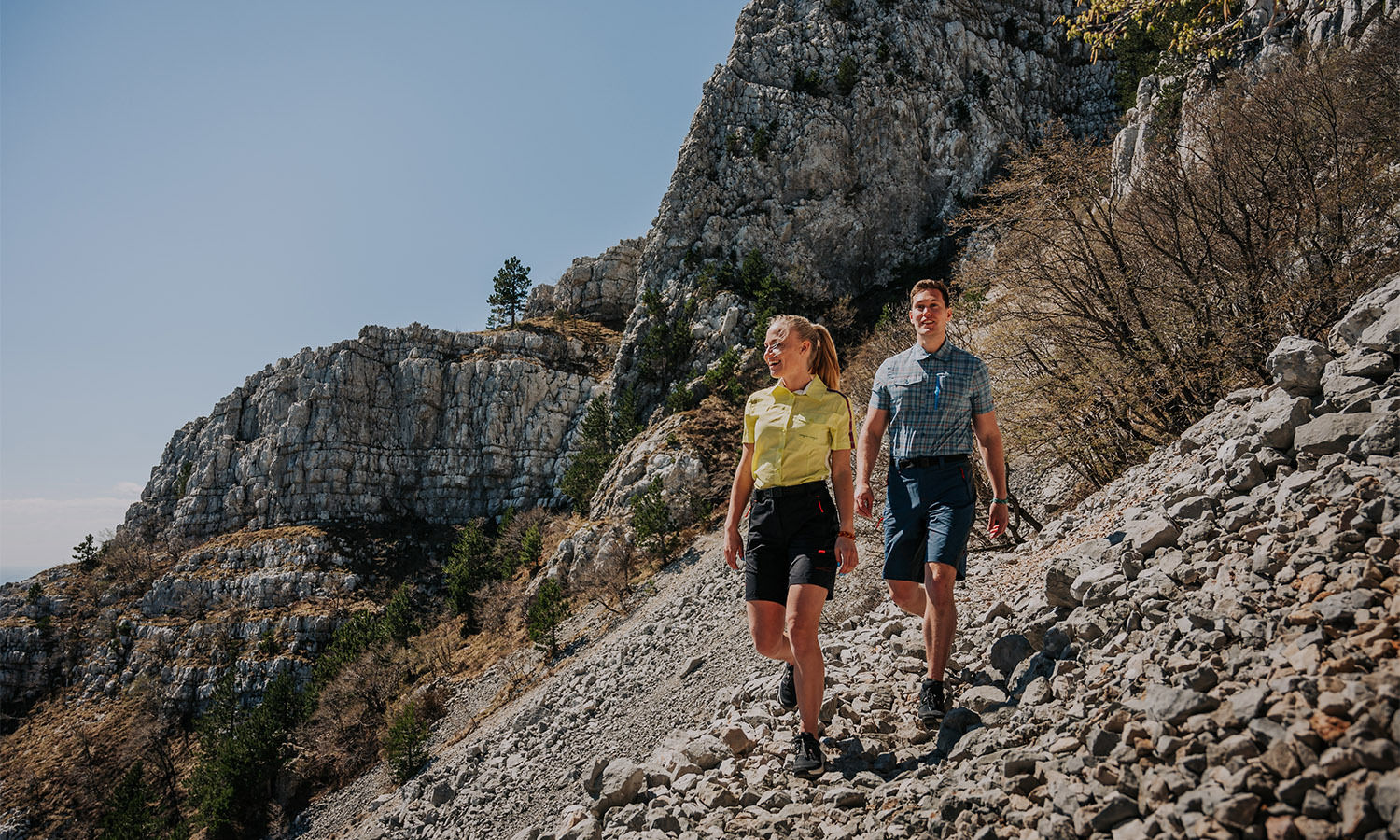
THE HEAT: Part 3
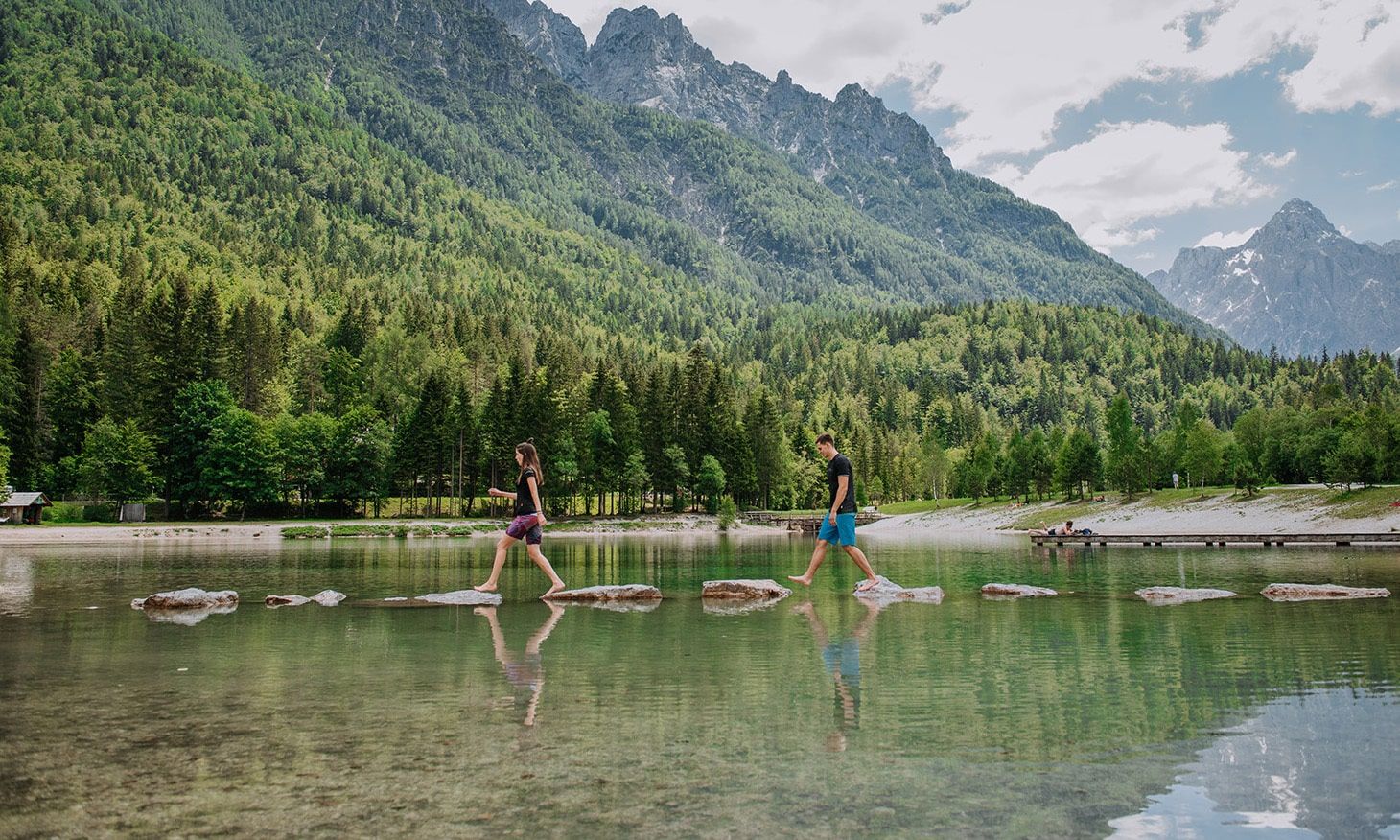
THE HEAT: Part 2
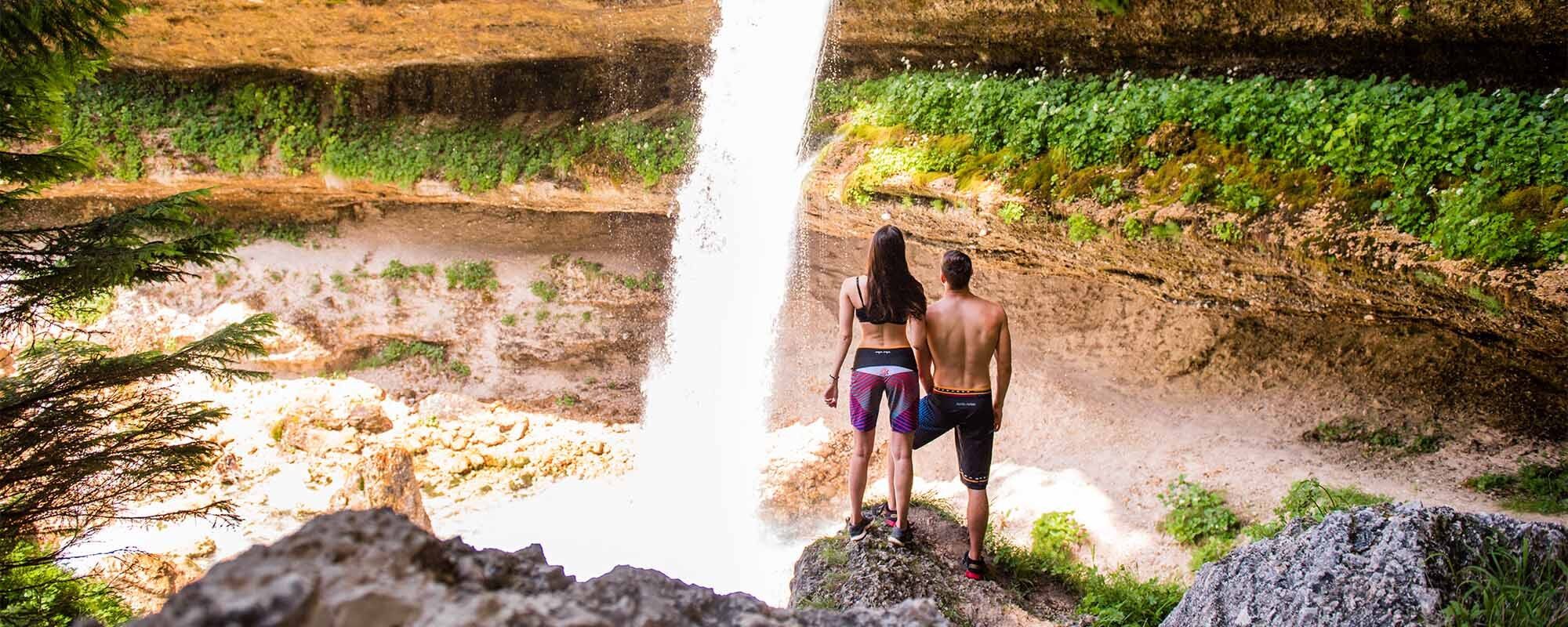
THE HEAT: Part 1
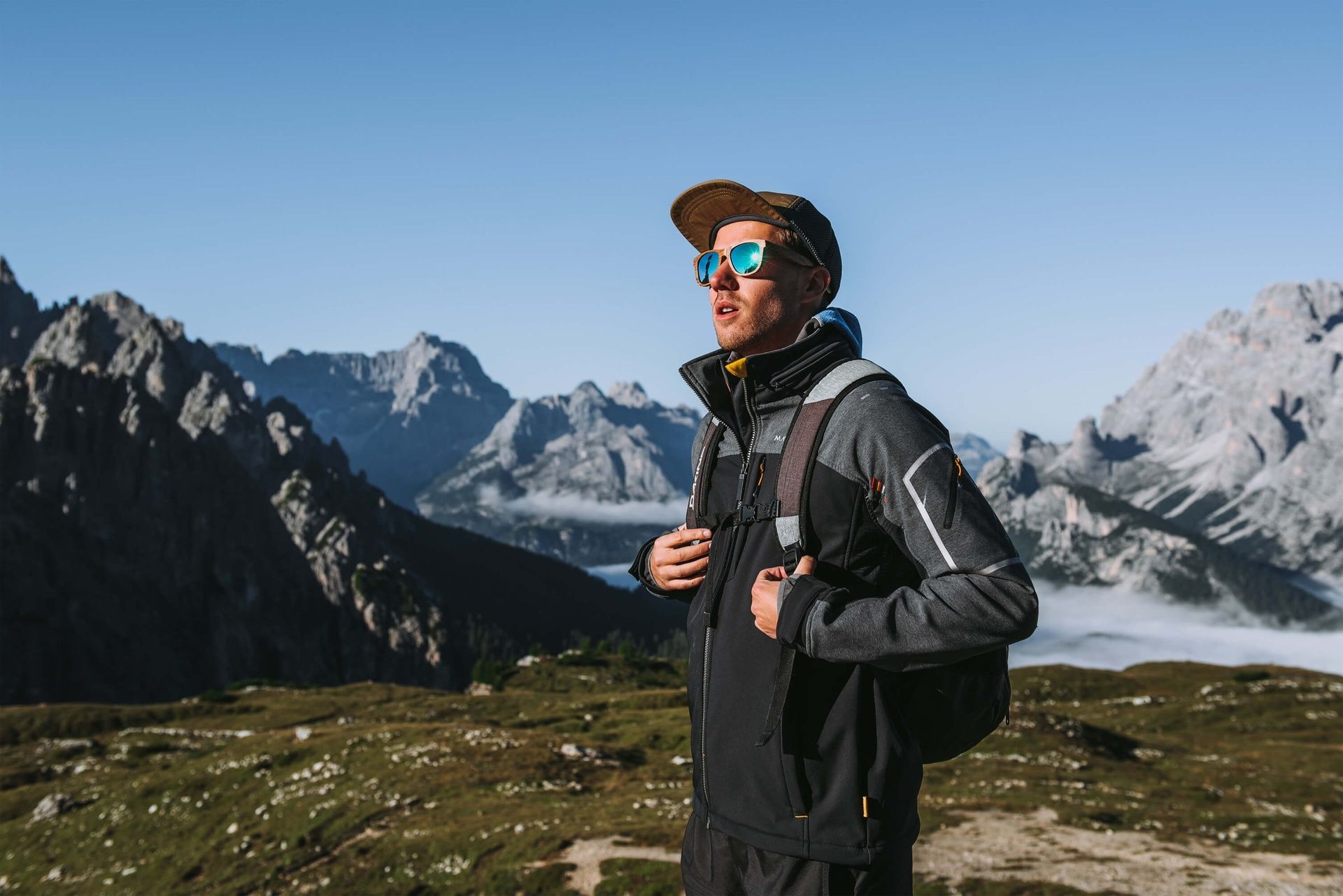
Thermal balance: what it means?
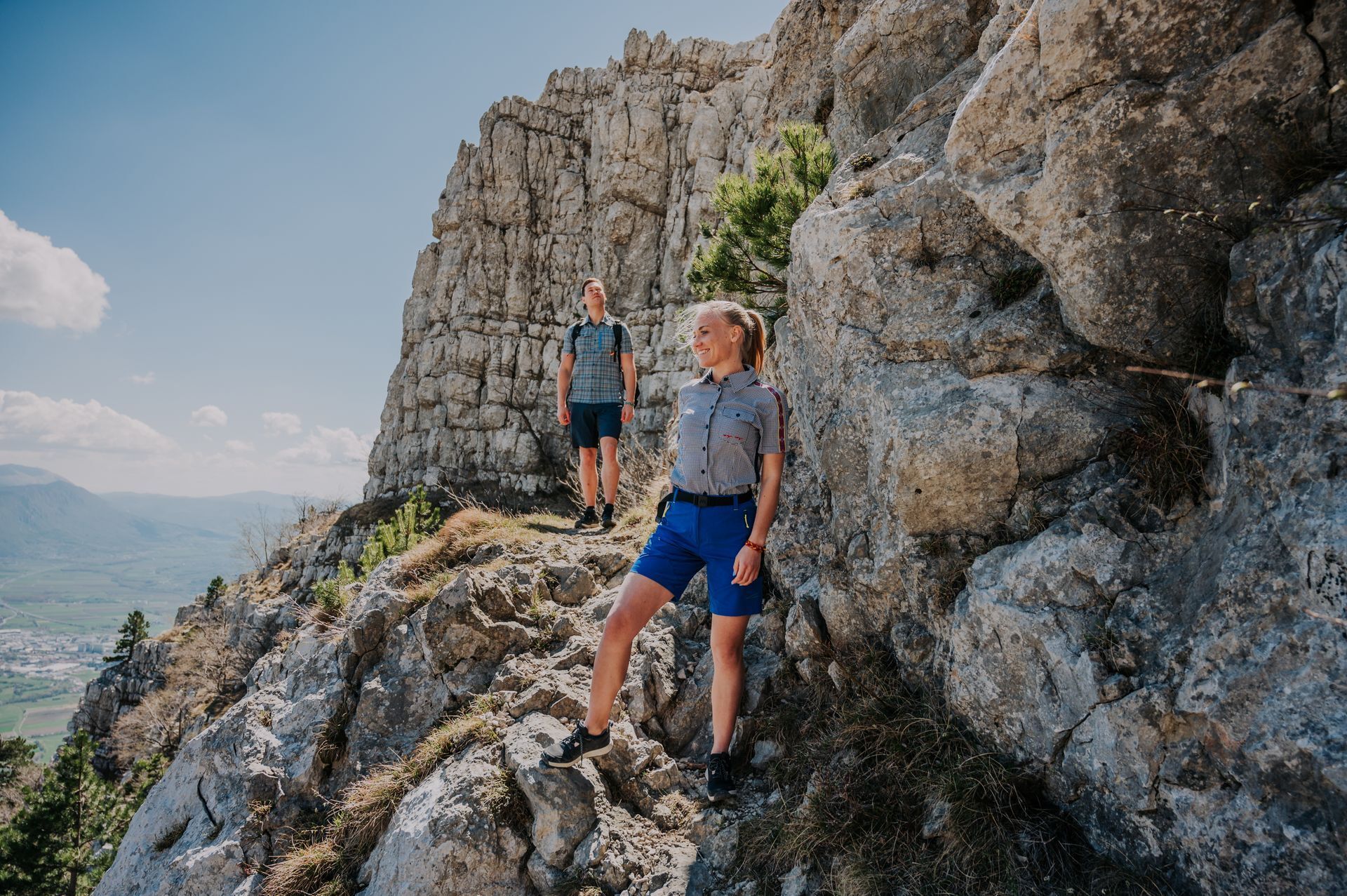
What do I wear for hiking?
Inspiring stories
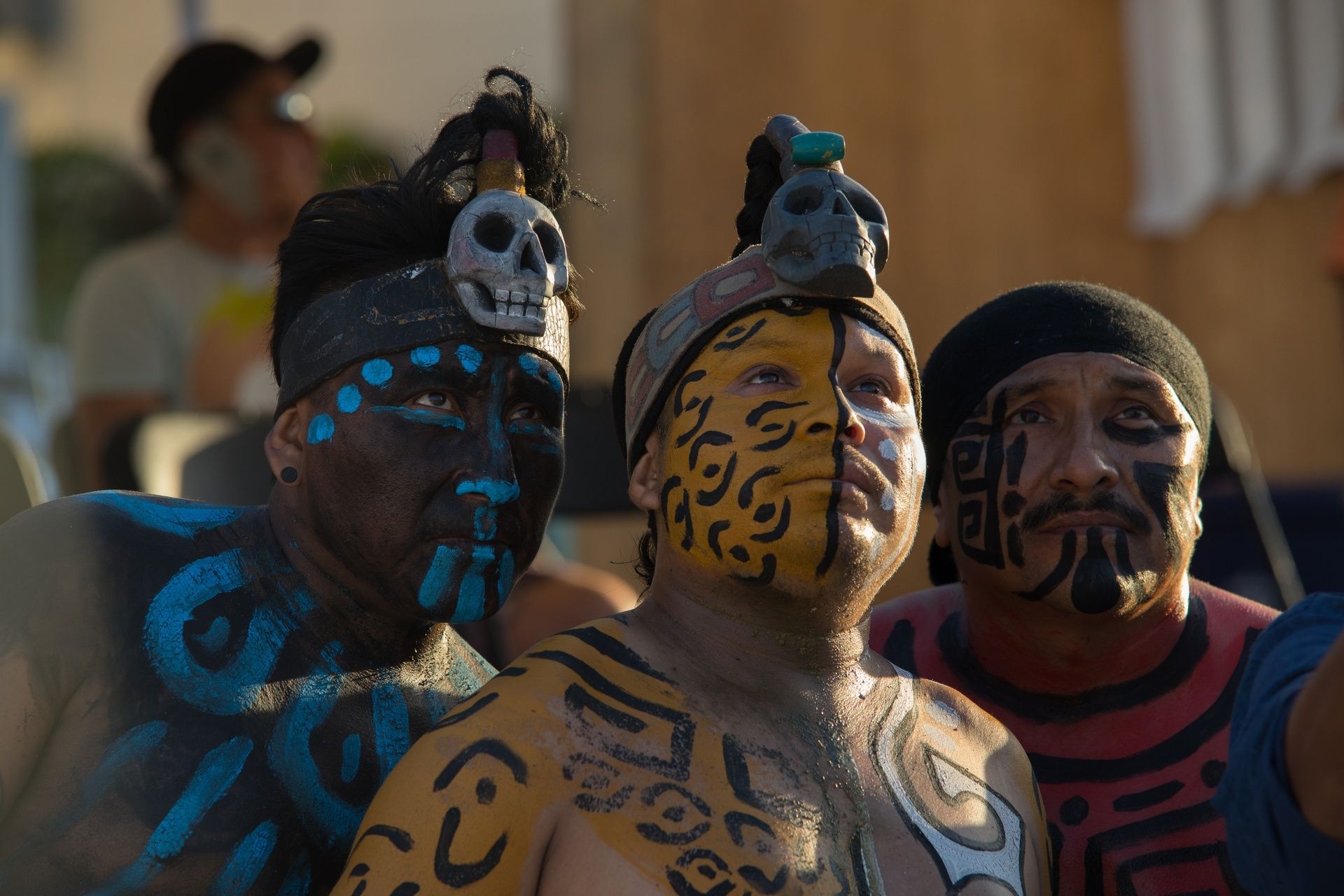
History of Ancient Mayans
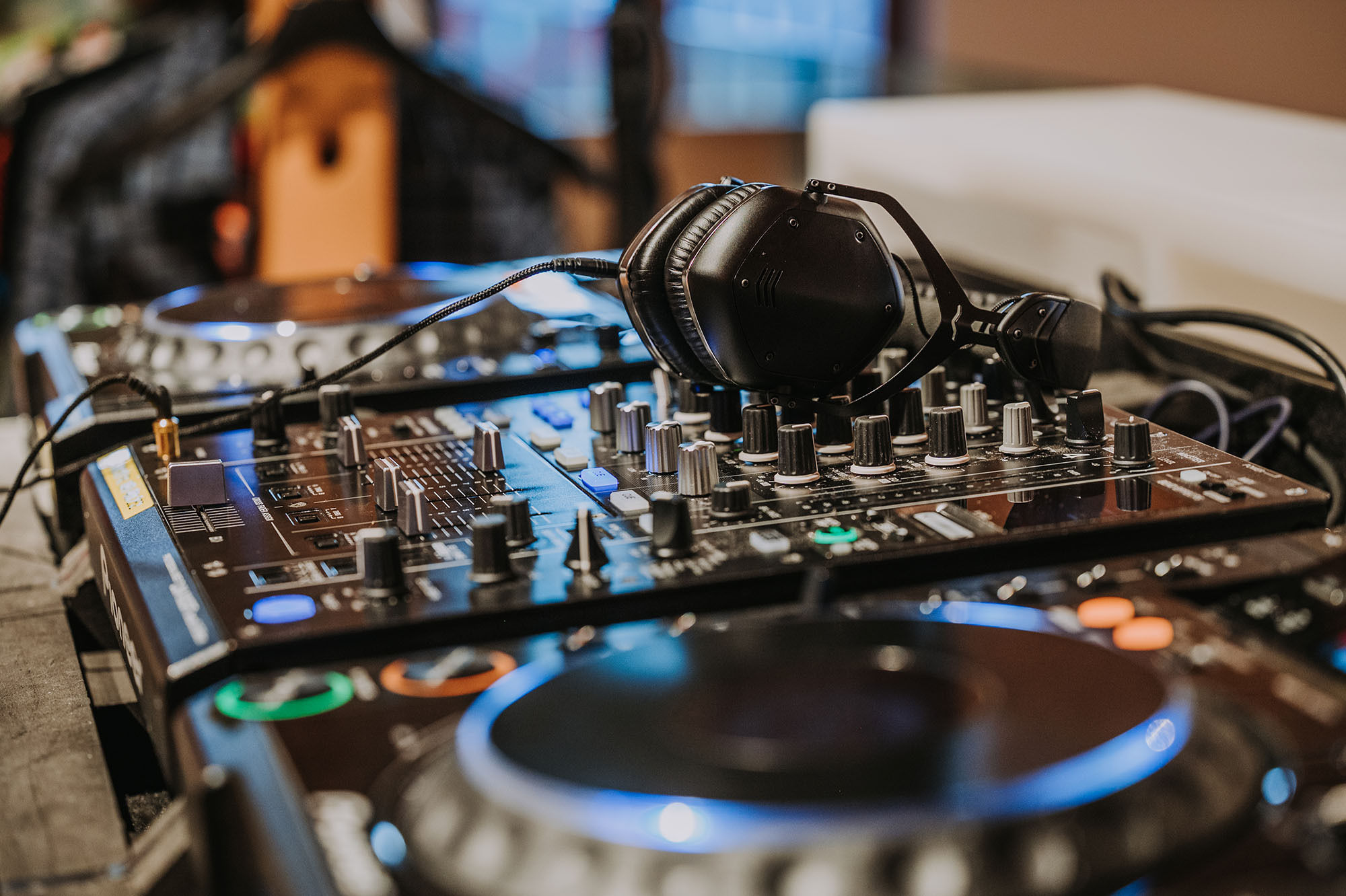
Event recap
Discover the magic of MAYA MAYA at our Landquart event. Explore the ‘Unique and Indigenous’ collection, enjoy cocktails, and workshops.

What to wear for an autumn hike?
Gear up for colder days with our guide on hiking in dry conditions. Learn about layering, baselayer, softshell and pants for optimal comfort.

THE HEAT: Part 3
Stay stylish and protected under the summer sun with our perfect outfits for walking, beach outings, active vacations, and mountain hikes.

THE HEAT: Part 2
Stay safe in the heat with tips on UV protection, hydration, and clothing. Adapt to summer conditions for outdoor activities, enjoy the sun!

THE HEAT: Part 1
Learn how your body functions in the heat, how to stay safe outdoors, basics of thermal comfort, internal temperature regulation, sweating.

Thermal balance: what it means?
Thermal balance is crucial for our well-being. Understand what it means, how it affects us and learn about heat exchange and metabolism.



